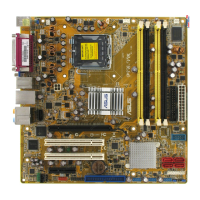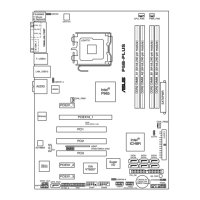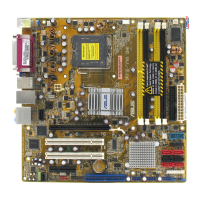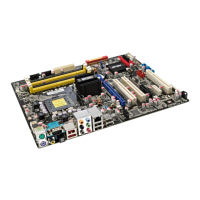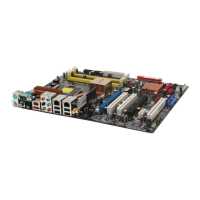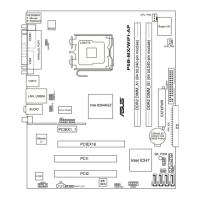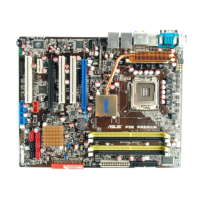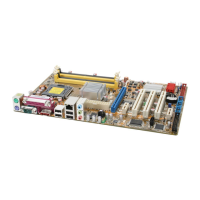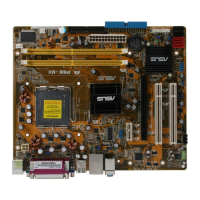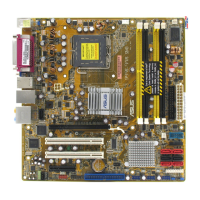ASUS P5BV-M 5-1
5.1 Setting up RAID
The Intel
®
ICH7R Southbridge chip comes with the LSI Logic Embedded SATA
RAID Utility and the Intel
®
Matrix Storage Manager. These utilities support SATA
hard disk drives and allow creation of RAID 0, RAID 1, and RAID 1-E conguration.
5.1.1 RAID denitions
RAID 0
(Data striping)
optimizes two identical hard disk drives to read and write
data in parallel, interleaved stacks. Two hard disks perform the same work as a
single drive but at a sustained data transfer rate, double that of a single disk alone,
thus improving data access and storage. Use of two new identical hard disk drives
is required for this setup.
RAID 1
(Data mirroring)
copies and maintains an identical image of data from one
drive to a second drive. If one drive fails, the disk array management software
directs all applications to the surviving drive as it contains a complete copy of
the data in the other drive. This RAID conguration provides data protection and
increases fault tolerance to the entire system. Use two new drives or use an
existing drive and a new drive for this setup. The new drive must be of the same
size or larger than the existing drive.
RAID 1-E
(Enhanced RAID 1)
has a striped layout with each stripe unit having a
secondary (or alternate) copy stored on a different disk. You can use three or more
hard disk drives for this conguration.
RAID 0+1 is
data striping
and
data mirroring
combined without parity (redundancy
data) having to be calculated and written. With the RAID 0+1 conguration you get
all the benets of both RAID 0 and RAID 1 congurations. Use four new hard disk
drives or use an existing drive and three new drives for this setup.
If you want to boot the system from a hard disk drive included in a created RAID
set, copy rst the RAID driver from the support CD to a oppy disk before you
install an operating system to the selected hard disk drive. Refer to Chapter 6
for details.

